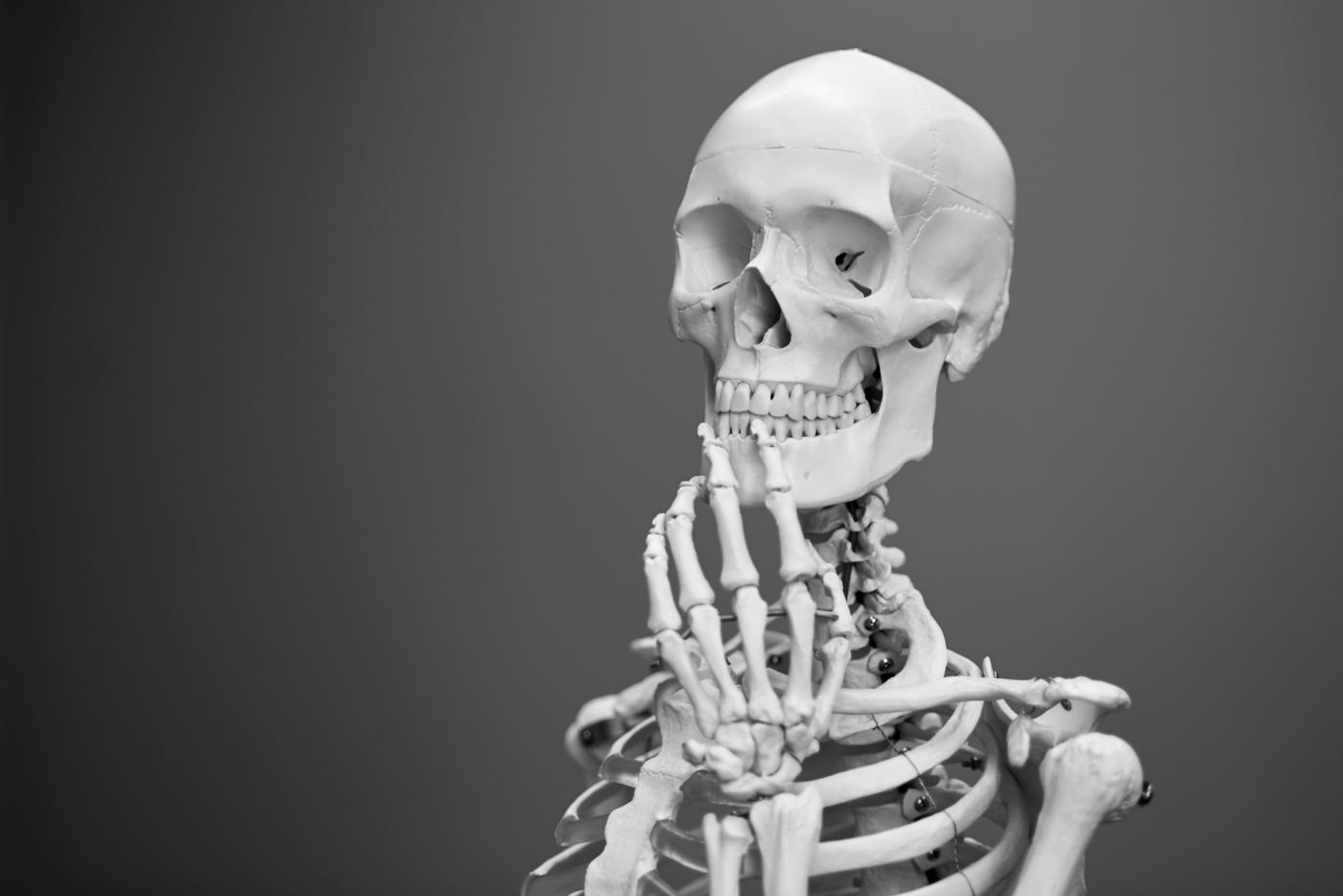Tunnels in our skulls may help explain how our immune systems work
Regardless of how much we may have already gathered about the world, mother nature never fails to surprise me, at least. It is amazing to think that not only do we have a lot to explore about what’s going on outside us and our planet but also that there are many secrets hidden inside out own bodies yet to be discovered.
Our bodies have some phenomenal mechanisms put in place to fight back disease and other injuries. In cases of stroke or other brain disorders, up until now, our understanding was that immune cells, cells that fight infections travelled from our arms and legs via the blood to the damaged regions of the brain. However recent research has concluded that there are tiny tunnels from the skull bone marrow to the lining of the brain providing a direct route for the immune cells to reach the site of inflammation quicker.
In cases of stroke or other brain disorders, up until now, our understanding was that immune cells, cells that fight infections travelled from our arms and legs via the blood to the damaged regions of the brain
Researchers at the Harvard Medical School and the Massachusetts General Hospital in Boston investigated two things. First was whether immune cells travelling to the brain arrived from the bone marrow in the skull or the tibia, a large leg bone. The immune cells studied by the researchers were neutrophils, one of the first immune cells to arrive at any site of injury. In addition, researchers studied the medium that the neutrophils were using to arrive at the site.
For their first research objective, Dr Matthias Nahrendorf’s group looked at the levels of stromal cell-derived factor-1 (SDF-1). It is a molecule that inhibits the release of immune cells from the bone marrow. Researchers observed that six hours after stroke, the levels of SDF-1 decreased in the skull bone marrow but not tibia. This led the researchers to conclude that the lowering of the levels of SDF-1 is a local response to the damage that serves to alert and mobilise the immune cells within the bone marrow located closest to the site of attack.
The immune cells studied by the researchers were neutrophils, one of the first immune cells to arrive at any site of injury
Results have shown that in the case of a heart attack, the skull bone marrow and the tibia provide a similar number of immune cells although both are located relatively far from the site of injury, however, the situation is different in the case of a stroke. Studies on mice have shown that six hours after a stroke, there are more immune cells provided to the brain by the skull bone marrow than the tibia suggesting that the brain and the skull bone marrow may be able to “communicate” directly through a certain mechanism.
The explanation for the situation above was found when researchers turned their attention to their second research objective which was tracking the medium chosen by the neutrophils to travel. With the help of advanced imaging techniques, researchers identified channels that connected the bone marrow directly to the outer lining of the brain. These channels were found to be present both in the inner and the outer layers of the bone except that in humans the diameter of these channels is five times greater than in mice.
With the help of advanced imaging techniques, researchers identified channels that connected the bone marrow directly to the outer lining of the brain
It is understood that inflammation plays a key role in many stroke and other brain-related injuries and the identification of these channels in the brain will open new avenues for research. Future research will be focused on finding other types of cells that may be able to travel through these channels and the role these channels play in health and disease.

Comments